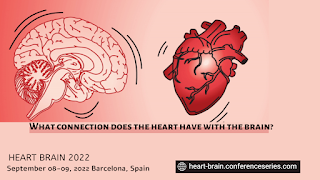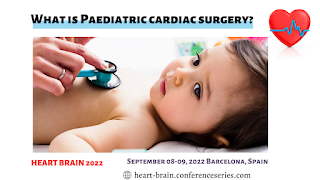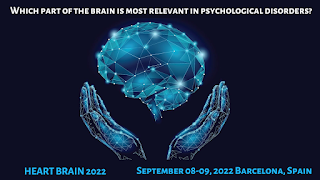What connection does the heart have with the brain?
Your heart pumps blood through vessels to each a part of your
body, as well as your brain. Harm to blood vessels will cause serious health
conditions like cardiopathy, stroke, and dementedness. Keeping your blood
vessels healthy will assist you have a powerful heart and brain. He heart has
the intrinsic viscus system, additionally called the "heart-brain."
It permits the center to act severally from the brain, keep in mind and build
choices. This means that underneath traditional conditions, within which the
center is functioning properly, your heart does not would like your brain to
inform it to try to its job the center has its “little brain” or “intrinsic
viscus system." This "heart brain" consists of roughly 40,000
neurons those square measure alike neurons within the brain, which means that
the center has its own system.
In this study, the physiological
networks underlying the joint modulation of the parasympathetic element of
pulse variability (HRV) and of the various medical instrument (EEG) rhythms
throughout sleep were assessed victimization 2 widespread measures of directed
interaction in variable statistic, particularly sodbuster relation (GC) and
transfer entropy (TE). Statistic representative of viscus and brain activities
were obtained in ten young healthy subjects because the normalized high
frequency (HF) element of HRV and encephalogram power within the δ, θ, α, σ and
β bands, measured throughout the full period of sleep. The magnitude and
applied math significance of gigahertz and TE were evaluated between every
combine of series, conditional on the remaining series, victimization severally
a linear model-based approach exploiting regression models, and a nonlinear
model-free approach combining nearest-neighbor entropy estimation with a
procedure for spatiality reduction.
The contribution of nonlinear
dynamics to the TE was additionally assessed victimization surrogate information.
Gigahertz and TE systematically detected structured networks of physiological
interactions, with links directed preponderantly from HRV to the encephalogram
waves within the brain–heart network, and from the σ and β encephalogram waves
to the δ, θ and α wave within the brain–brain network. Whereas these common
patterns supported the suitableness of a linear model-based analysis, we tend
to additionally found a big contribution of nonlinear dynamics, notably
involving the data transferred out of the δ node within the 2 networks. This
prompt the importance of statistic TE estimation for evidencing the spectrum
line of the physiological networks underlying the involuntary regulation of
viscus and brain functions throughout sleep.



Comments
Post a Comment